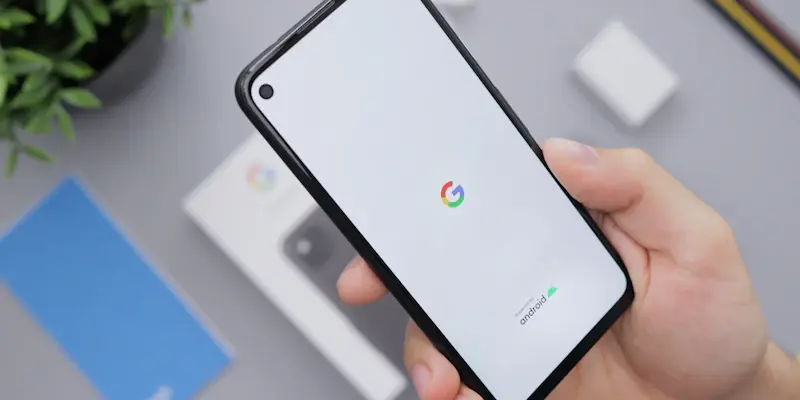Google has introduced the Identity Check feature, a new security measure designed to safeguard your digital accounts if your device is stolen. This feature expands upon previous theft protection mechanisms implemented for Android devices, notably Theft Detection Lock, Offline Device Lock, and Remote Lock. Identity Check is built to require biometric authentication for changing critical device settings when the phone is outside of trusted locations. This makes it exceedingly difficult for thieves to alter the device PIN, change biometrics, disable Find My Device, access Passkeys, or perform a factory reset.
Initially, Identity Check will be available on Pixel phones with Android 15, specifically for Pixel 6 and newer models. Samsung devices running One UI 7 will also get access to this feature soon. Google’s intention is to roll out Identity Check to other Android OEMs later in the year, broadening the protection for more users. This initiative aims to enhance security and user protection against unauthorized access after a device is stolen, ensuring that your personal data remains safe.

